Marmoset monkeys, with their expressive eyes and playful nature, have captured the hearts of exotic pet enthusiasts. But before you imagine your tiny companion playing fetch with your golden retriever or napping alongside your equally adorable cat, there’s an important question to consider: Can marmoset monkeys live harmoniously with other pets?
The answer isn’t as simple as a yes or no. These lively primates have unique needs that can make their interactions with other animals both intriguing and challenging. If you’re curious about building a harmonious multi-species household featuring a marmoset monkey, this guide will walk you through everything you need to know about their behaviors, requirements, and compatibility with other pets.
Whether you’re a proud pet parent to furry, feathered, or scaly friends, read on to discover if a marmoset monkey could happily integrate into your family.
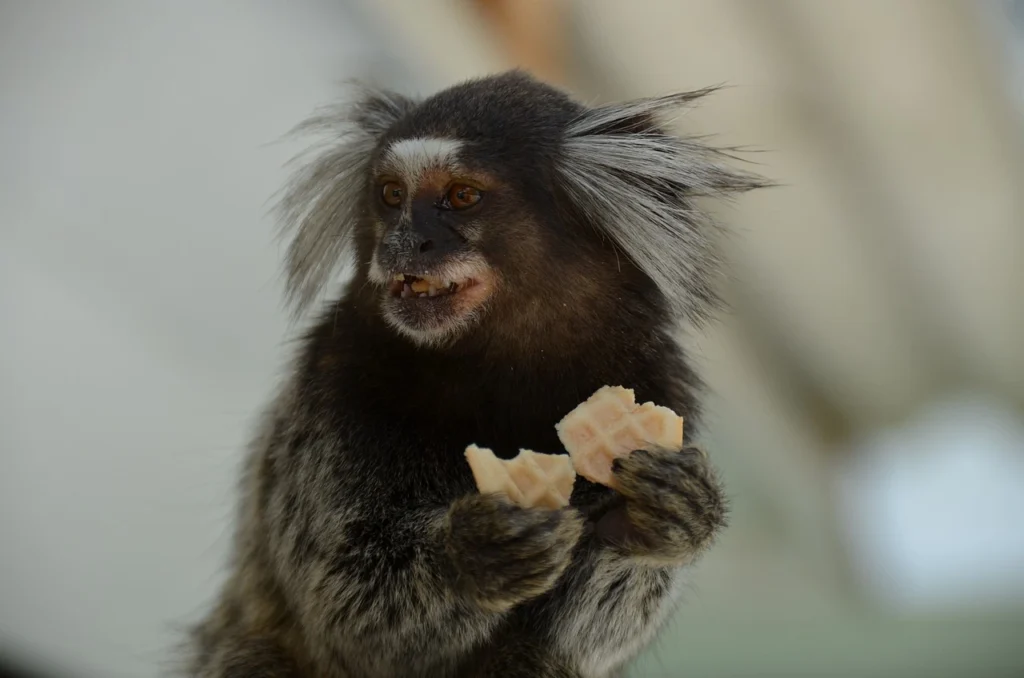
Understanding Marmoset Monkeys
Before bringing a marmoset into your life, it’s crucial to understand what makes these tiny creatures special. Native to South America, marmosets are small primates weighing between 7 to 12 ounces, about the size of a soda can. Despite their petite size, they pack a big personality!
Key Traits That Define Marmosets:
- Social Needs: Marmosets are extremely social animals, often living in tight-knit family groups in the wild.
- High Energy: Don’t be fooled by their size—they’re incredibly active and require plenty of mental and physical stimulation.
- Territorial Behavior: Marmosets can be territorial, especially if they feel their space or caregiver is under threat.
- Unique Diet: These primates have specific dietary needs, including fruits, insects, tree sap, and specially formulated marmoset food.
Their personality might make them seem ideal for a bustling household, but compatibility with other pets depends on several factors.
If you’re interested in keeping monkeys as pets, check out our guide on Spider Monkeys as pets
Understanding Marmoset Monkeys and Their Unique Needs
Marmoset monkeys are small, playful primates known for their high energy, curiosity, and social nature. Their personalities make them fascinating companions, but they also come with unique challenges:
- Highly Social: Marmosets thrive in social settings. They bond deeply with those they consider family—whether that’s humans, other marmosets, or other animals. Without sufficient interaction, they can become lonely or even stressed.
- Sensitive: These little primates can be quite sensitive to changes in their environment. New sights, sounds, and smells can either pique their curiosity or overwhelm them.
- Active and Intelligent: Marmosets need stimulation and engagement, as boredom can lead to destructive behaviors. Toys, climbing structures, and plenty of attention are a must.
Understanding these needs is the first step in determining whether your household can offer them a stable, happy environment.
Cats and Marmosets – Can They Be Friends?
Cats are known for their curiosity and aloofness. At first glance, it might seem like a mellow cat could easily coexist with a playful marmoset, but there are several dynamics to consider.
Potential Challenges
- Prey Drive: While domesticated cats may look soft and cuddly, they still possess predatory instincts. A rapidly moving marmoset might trigger a cat’s prey drive, even in the most docile felines.
- Stress Levels: Cats prize their personal space. An overly curious or excitable marmoset might cause stress in a skittish or territorial cat.
Tips for Harmony
- Slow Introductions: Allow your cat and marmoset to get used to each other from a safe distance. Gradually increase their interaction under strict supervision.
- Safe Spaces: Ensure each has a designated area of the house where they can retreat for alone time.
- Monitor Behavior: Always keep an eye on body language to intervene if the animals exhibit stress or aggression.
Some cats may warm up to their new monkey roommate, while others may prefer keeping their distance. Respect their boundaries to give cohabitation the best chance.

Dogs and Marmosets – A Playful Match?
Dogs, known for their friendly and loyal nature, may be more likely to accept a marmoset into the family. However, personality, breed, and training all play significant roles in determining a dog’s compatibility.
Potential Challenges
- Energy Mismatch: Playful dogs might unintentionally overwhelm or intimidate a marmoset with their size and enthusiasm.
- Territorial Instincts: Protective breeds or untrained dogs may see the marmoset as a threat to their territory.
- Safety Concerns: The physical size and strength of even a small dog can pose risks to a fragile marmoset monkey.
Tips for Harmony
- Focus on Temperament: Opt for breeds that are known for being calm, patient, and good with other animals (think Golden Retrievers or Labradors).
- Learn Commands: Ensure your dog understands basic commands like “leave it” and “gentle” before introducing them to your marmoset.
- Leashed Introductions: Keep your dog on a leash during the first few interactions to maintain control.
- Always Supervise: Dogs and marmosets should never be left alone together without supervision.
With patience, dogs and marmosets can form strong bonds. Many marmosets even learn to climb on their canine companions or join in games of pretend hide-and-seek!

Birds and Marmosets – Striking a Balance
The idea of a marmoset monkey interacting with a chirping bird sounds like a scene from a Disney movie. While these two species might live under the same roof, achieving harmony is often the trickiest when birds are involved.
Potential Challenges
- Predatory Instincts: Marmosets may view small birds as prey, especially if the bird’s movements arouse their hunting instincts.
- Stressful Environments: Birds are highly sensitive to stress. A curious or active marmoset could make a bird feel unsafe in its own space.
- Disease Risks: Birds and primates can transmit diseases to one another, posing mutual health risks.
Tips for Harmony
- Separate Spaces: Keep birds in secure cages away from the reach of the marmoset. Allow the bird out for flight in rooms where the marmoset cannot access them.
- Monitor Behavior Closely: Watch for signs of distress in either animal. Never force interactions!
- Maintain Hygiene: Thoroughly clean shared living spaces to minimize the risk of disease transmission.
While close interaction between birds and marmosets may not always be possible, with appropriate boundaries, both species can coexist peacefully within the same household.
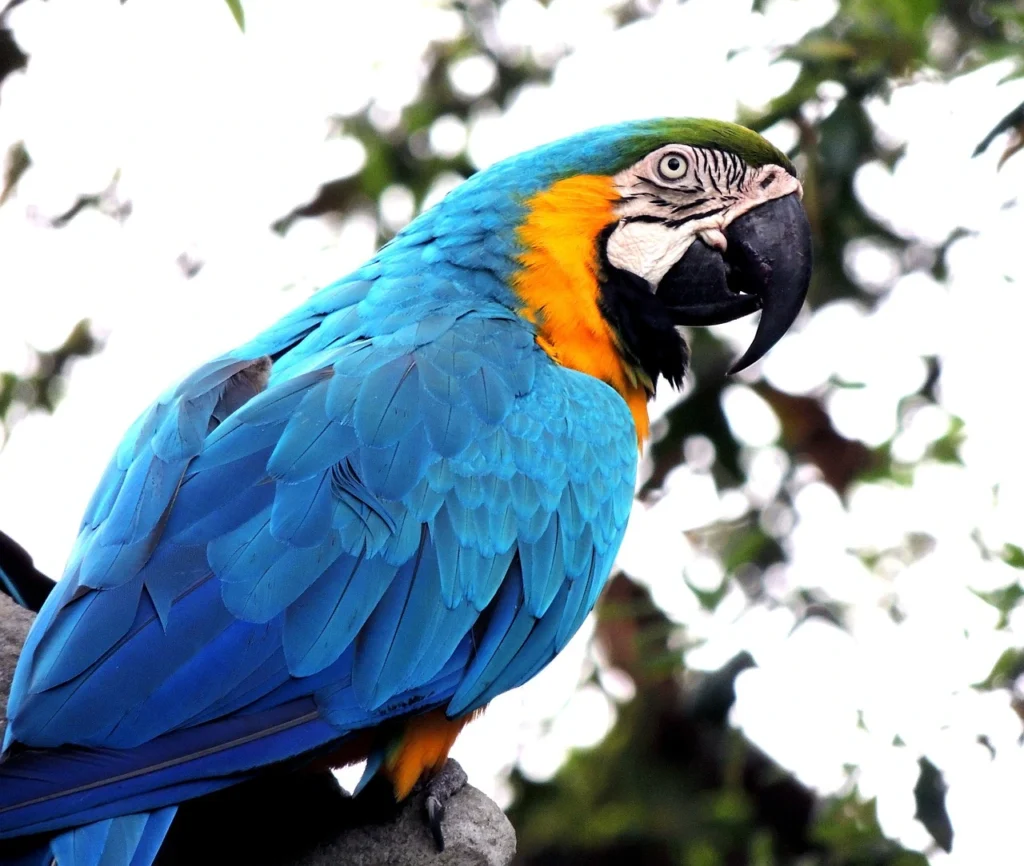
Creating a Peaceful Multi-Pet Household
Bringing a marmoset monkey into a home with other pets is not impossible, but it’s certainly not without its challenges. Here’s how to foster a harmonious environment:
1. Respect Boundaries
Every species—and individual pet—has their unique needs and preferences. It’s vital to recognize and respect these differences.
2. Supervise Interaction
Whether it’s a cat, dog, or bird, always supervise interactions, especially in the early stages. This prevents accidents and helps you gauge compatibility.
3. Gradual Integrations
Don’t rush introductions. Slowly acclimate all pets to each other’s presence through scent, sound, and eventually, visual cues.
4. Prioritize Enrichment
Ensure all pets receive the mental and physical stimulation they need. Enrichment helps reduce stress and prevents behavioral issues.
5. Set Up Separate Retreat Zones
Create safe spaces where pets can retreat when they need alone time. Marmosets, in particular, may appreciate a secure climbing area or enclosure.
Building Bonds Across Species
While marmosets, cats, dogs, and birds might not become instant best friends, fostering a household of mutual respect is possible with effort. Some pets may form unexpected bonds, while others will learn to coexist peacefully from a comfortable distance. Patience, preparation, and a deep understanding of each species’ needs are the keys to success.
Want to create a safe and happy environment for your multi-pet family? Share your experiences or challenges in the comments below—we’d love to hear how you manage your unique household! Let’s continue building a community of responsible and loving pet owners. Together, we can create a world where all pets can thrive, regardless of their species. So go ahead, bring that marmoset monkey into your home with open arms and an eco-friendly mindset! Happy pet parenting!
Benefits of Pet Companionship
Introducing your marmoset to other pets, if done responsibly, can offer a variety of benefits. For instance:
1. Socialization
Marmosets thrive on companionship, whether it’s from their own species, you, or other pets in your home. Positive interactions with cats or dogs, for example, might curb feelings of loneliness if you’re away during the day.
2. Enrichment
A diverse, multi-pet household can provide endless stimulation for a curious marmoset. From watching your dog wag its tail to observing the slow movements of a tortoise, there’s always something new to explore.
3. Bond-Building with Humans
When pets coexist peacefully, it fosters a calm, joyful environment, strengthening the bond between you and all your animal companions.
Potential Challenges You Need to Address
While keeping multiple pets creates an exciting household dynamic, there are considerable challenges when introducing a marmoset monkey to other animals. Understanding these challenges is key to ensuring the safety and happiness of all pets involved.
1. Marmoset Temperament
Marmoset monkeys can be territorial and defensive if they feel threatened. Even the presence of a larger animal, like a dog, could cause significant stress.
2. Size Differences
The small size of a marmoset leaves them vulnerable to potential harm. For instance, a playful swipe from a cat or an accidental nudge from a dog could unintentionally injure your monkey.
3. Aggressive Interactions
Unfamiliar pets may view a marmoset as prey or a competitor for your attention, leading to aggressive behavior.
4. Separate Needs
Marmosets have very different dietary and environmental needs compared to common household pets. Any shared interaction must be closely monitored to prevent harm or contamination.
How to Introduce a Marmoset to Other Pets
Keeping your marmoset monkey happy and safe while they share a space with other pets requires careful planning and patience. Follow these steps for a smoother introduction process.
Step 1: Create Separate Safe Spaces
Before introducing your marmoset to other pets, set up a secure enclosure where they can observe and interact from a distance. Ensure that your marmoset feels comfortable and protected in their new home before introducing other pets.
Step 2: Supervised Introductions
Start with short, supervised sessions where the marmoset and your other pet(s) can observe one another without direct contact. This allows them to get acquainted in a controlled environment.
Step 3: Watch for Behavioral Signals
Monitor both the monkey and the other pets for signs of stress or aggression. For marmosets, stress might manifest as pacing, vocalizing, or retreating. Similarly, watch for growling, barking, or stalking behavior in your other pets.
Step 4: Gradual Interaction
Once everyone seems comfortable, allow more direct interaction during supervised playtime. Keep these sessions short and positive, using treats to reinforce good behavior.
Step 5: Respect Individual Preferences
Not all pets crave companionship. If your marmoset or other pet shows persistent signs of discomfort, don’t force interaction. Respect their individual needs and boundaries.
Best Canine and Feline Matches for Marmosets
While every pet has its own personality, some dogs and cats are more likely to get along with marmosets than others.
Dog Breeds to Consider
- Cavalier King Charles Spaniels and Maltese are known for their calm temperament.
- Avoid large, overly energetic breeds like Huskies or shepherds that might unintentionally intimidate or injure smaller animals.
Cats to Consider
- Cats with a gentle nature, like a Ragdoll or British Shorthair, are more likely to coexist peacefully with marmosets.
- Energetic or hunting-focused breeds, such as Bengals, may view marmosets as prey.
Eco-Friendly Marmoset Ownership
Caring for exotic animals such as marmosets comes with a responsibility to protect wildlife and the environment. When you bring a marmoset monkey into your life, consider these sustainable practices:
- Adopt from ethical, responsible breeders or rescues.
- Provide enrichment activities that mimic their natural behaviors, reducing their desire to seek stimulation elsewhere.
- Consult with a primate specialist to ensure you’re meeting all eco-conscious care requirements.
Is a Marmoset and Multi-Pet Household Right for You?
Creating a harmonious household for a marmoset monkey and other pets is no small task. It takes patience, careful planning, and a keen understanding of animal behavior. But when done right, the rewards are endless—a dynamic home filled with love, activity, and unique bonds between species.
If you’re willing to invest the time and effort required, the result could be a thriving, multi-pet family where all members (humans and animals alike) feel valued and happy.
That said, not all households are the right fit for a marmoset. If your existing pets show signs of stress or you can’t fully meet a marmoset’s complex needs, it might not be the right time for this adventure.
At the end of the day, ensuring a joyful and sustainable environment for every animal in your care is what matters most.
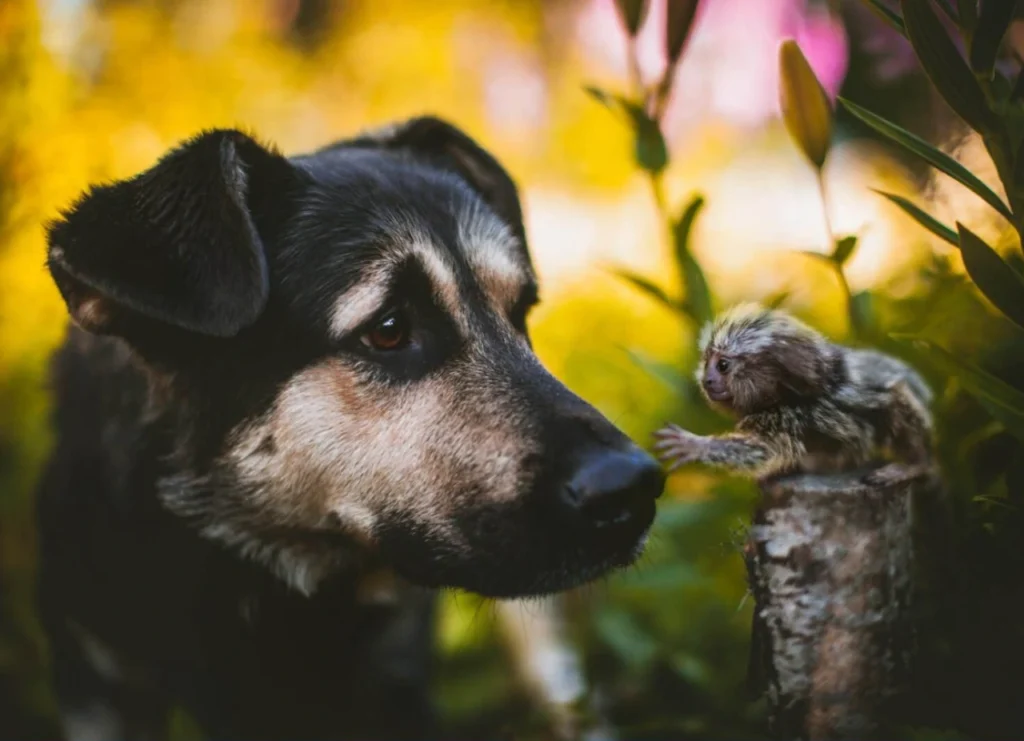
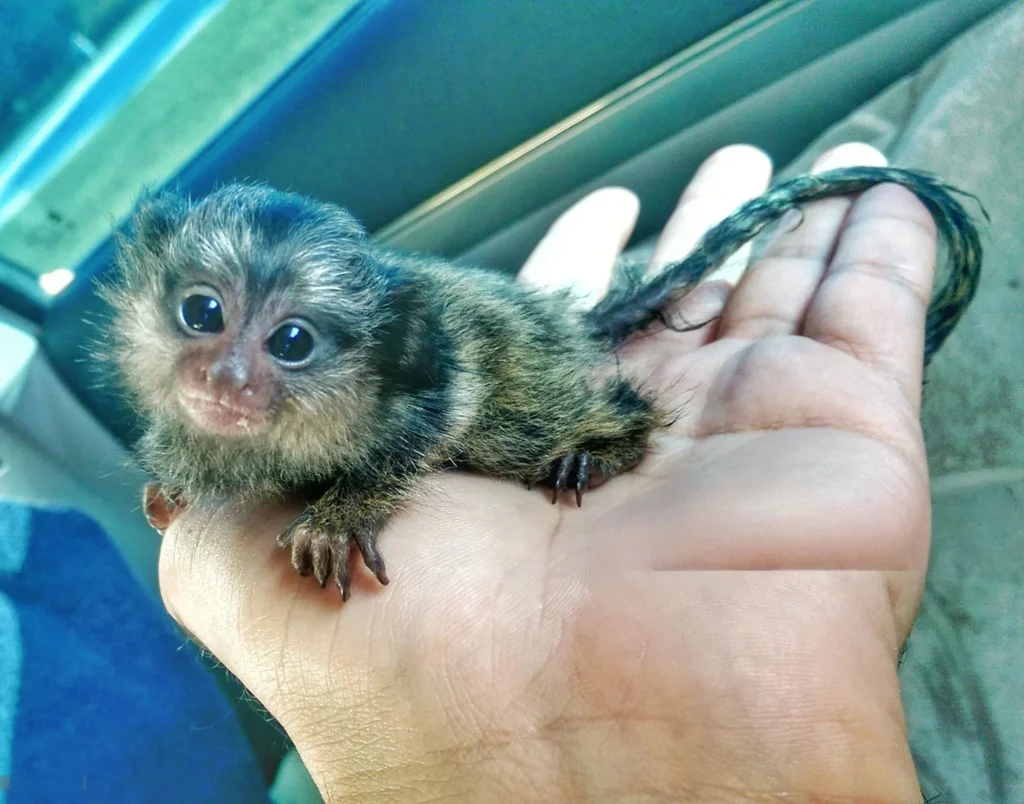
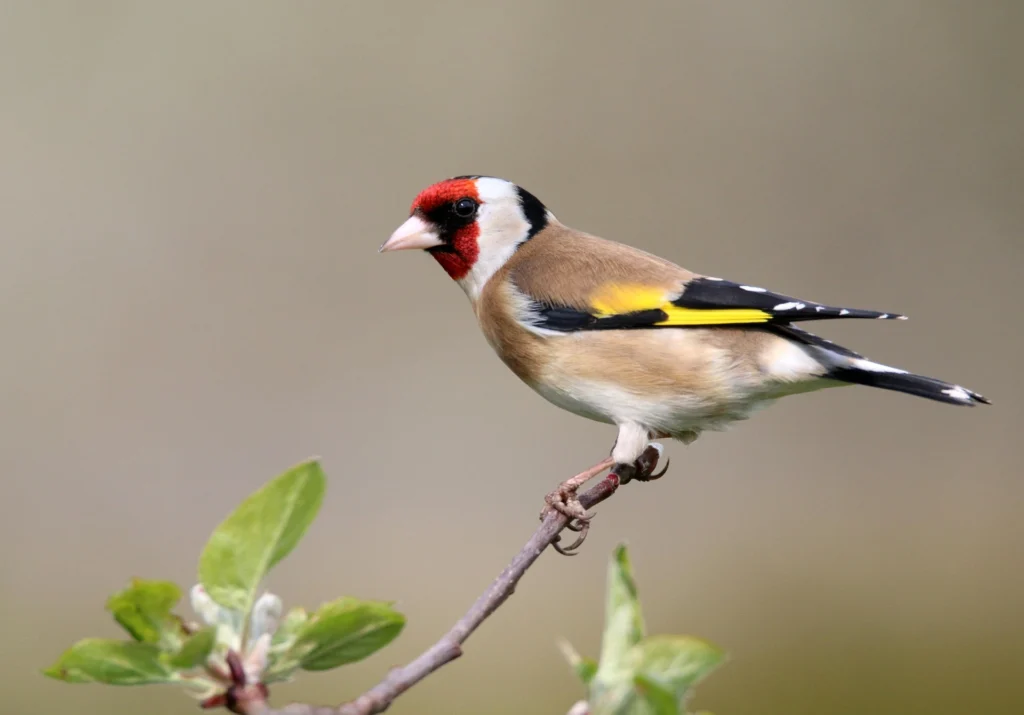
Pingback: Quokka as a Pet: Full Guide 2025 - The Animal Sound